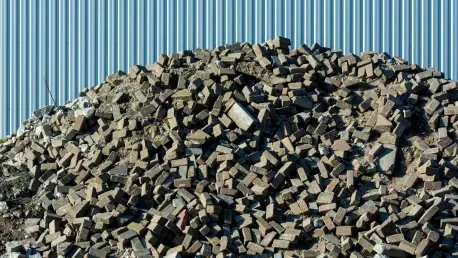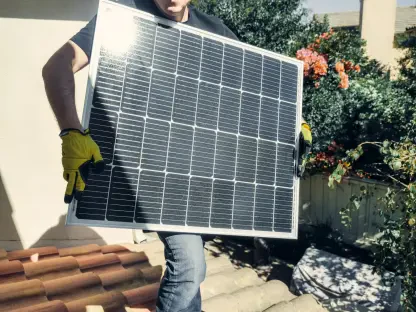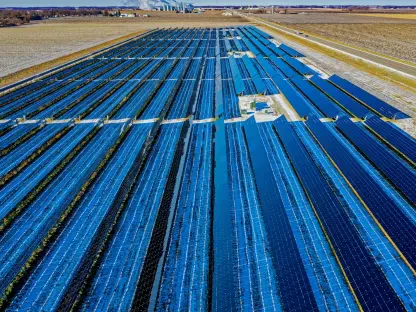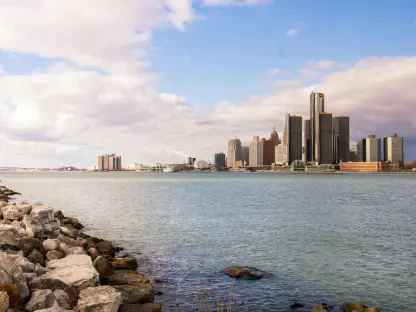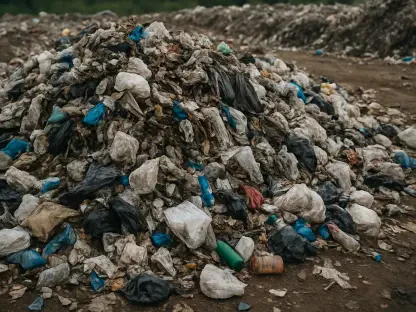In Auckland, where urban growth continues to reshape neighborhoods, home renovations have become a common endeavor for many property owners looking to refresh their spaces or boost property value. However, the environmental toll of such projects is staggering, with construction and demolition debris accounting for a significant portion of landfill waste—estimated at over 30% in the region. This alarming statistic highlights a pressing need for sustainable practices that not only curb environmental impact but also help homeowners keep costs in check. As the city strives toward ambitious goals like achieving zero waste by 2040, adopting mindful renovation strategies can make a substantial difference. By focusing on reducing waste through careful planning, reusing materials, and making informed choices, it’s possible to transform homes while protecting the planet and saving money. This discussion delves into actionable approaches that balance practicality with environmental responsibility, offering a roadmap for sustainable renovations in Auckland.
Planning for Sustainability from the Start
Embarking on a renovation project in Auckland demands a thoughtful approach that prioritizes sustainability right from the planning phase. One of the most effective ways to minimize waste is to opt for deconstruction rather than traditional demolition. This method involves carefully dismantling structures to salvage materials such as timber, bricks, and fixtures for reuse or donation. By taking the time to disassemble rather than destroy, homeowners can significantly reduce the volume of debris sent to landfills. Community recycling centers across the city provide excellent outlets for donating usable items, ensuring they find new life in other projects. This not only cuts disposal costs but also supports a circular economy where resources are shared rather than discarded. Embracing deconstruction requires patience and planning, but the environmental and financial benefits are well worth the effort, aligning with broader regional goals to reduce landfill contributions.
Another critical aspect of sustainable planning involves designing with longevity and adaptability in mind. Choosing timeless styles over fleeting trends prevents the need for frequent updates, while selecting durable materials ensures structures withstand the test of time. Architects and designers often advocate for modular or flexible layouts that can be easily repurposed as needs change, avoiding the need for major overhauls. Reusing existing elements within the home, like sanding down old timber floors or repainting dated cabinets, offers a cost-effective way to refresh spaces without generating unnecessary waste. These decisions, made early in the renovation process, lay a foundation for minimizing environmental impact. Homeowners can further enhance sustainability by researching and sketching out plans that maximize the use of current materials, ensuring every piece is considered for potential reuse before being deemed obsolete.
Sourcing Materials with a Green Mindset
When new materials are unavoidable during a renovation, sourcing them responsibly can play a pivotal role in reducing waste and expenses in Auckland. Turning to reclaimed or second-hand supplies from local demolition yards or community recycling hubs offers an affordable alternative to brand-new purchases. These centers often stock a variety of building essentials, from doors and windows to tiles and hardware, at a fraction of the retail cost. Staff at such facilities are typically passionate about sustainability and can provide valuable insights or inspiration for integrating reclaimed items into a project. This approach not only slashes material costs but also prevents usable goods from ending up in landfills, supporting the city’s waste reduction targets. Exploring these resources transforms a renovation into an opportunity for creative problem-solving with an eco-friendly edge.
Beyond reclaimed options, careful purchasing of new materials is equally important for waste minimization. A practical guideline is to measure meticulously and buy only what is strictly needed, avoiding surplus that might go unused. Partnering with suppliers who prioritize minimal packaging or offer take-back programs for excess items further reduces environmental impact. The old adage “measure twice, cut once” rings true here, as precision in planning prevents costly mistakes and unnecessary waste. Additionally, opting for sustainable products—those made from recycled content or designed for easy disassembly—ensures that even new purchases align with green principles. By making informed choices at the procurement stage, renovation projects can maintain a balance between functionality and ecological responsibility, contributing to a healthier environment while keeping budgets under control.
Collaborating with Eco-Conscious Professionals
The success of a sustainable renovation often hinges on the expertise and commitment of the professionals involved. Engaging contractors and designers who prioritize waste minimization can make a substantial difference in the project’s environmental footprint. These experts typically come equipped with waste management plans that outline how materials will be reused, recycled, or responsibly disposed of during the process. Directing contractors to utilize official recycling services or take-back schemes ensures that even unavoidable waste is handled appropriately. Auckland’s wealth of resources, such as council-provided tools for managing unwanted items, can further assist in crafting effective waste reduction strategies. Collaborating with like-minded professionals not only streamlines the renovation but also reinforces a shared commitment to sustainability.
Equally important is fostering community involvement and skill-building as part of the renovation journey. Many local centers in Auckland offer workshops or courses where homeowners can learn creative techniques for upcycling materials, such as turning old jars into unique lighting fixtures or using vintage hardware for aesthetic appeal. Visiting community recycling hubs not only provides access to budget-friendly, one-of-a-kind items but also connects individuals with others passionate about green living. These interactions can spark innovative ideas for incorporating sustainability into home projects. By tapping into these community resources and learning new skills, renovators can enhance their ability to execute projects that are both cost-effective and environmentally sound, creating spaces that reflect personal style without compromising on ecological values.
Responsible Disposal and Lasting Impact
Even with the best planning, some waste during renovations is inevitable, making responsible disposal a crucial consideration. Hazardous materials like paint, solvents, and asbestos require special handling to prevent environmental harm. Auckland’s council resources provide detailed guidance on safe disposal options, ensuring such items are managed correctly rather than improperly discarded. For non-hazardous waste that cannot be reused or recycled, utilizing designated facilities helps keep landfills from becoming overburdened. This mindful approach to disposal underscores the importance of considering the full lifecycle of materials used in a renovation, ensuring that even the final steps of a project align with sustainability goals. Taking these measures minimizes ecological damage and supports broader efforts to maintain a cleaner, healthier region.
Reflecting on completed projects, the impact of adopting sustainable practices during renovations becomes evident through reduced costs and diminished landfill contributions across Auckland. Homeowners who prioritized deconstruction, sourced reclaimed materials, and partnered with eco-conscious contractors often found their efforts rewarded with transformed spaces that bore a smaller environmental footprint. Looking ahead, the next steps involve advocating for wider adoption of these strategies, encouraging more residents to explore community resources, and pushing for policies that incentivize green building practices. By continuing to champion responsible disposal and sustainable design, the collective impact can grow, paving the way for a future where every renovation contributes positively to both individual savings and the city’s ambitious zero-waste vision.
